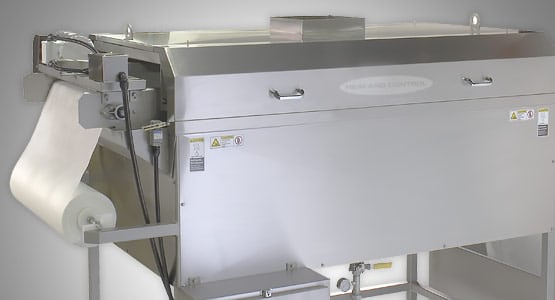Opportunities for nonwovens in the automotive market continue to expand. As auto designers look for materials that are lightweight, cost-effective, sustainable and offer increased comfort and reduced noise to drivers and passengers, nonwovens are helping meet these needs. Add to this the anticipated growth in the electric vehicle (EV) market, and suppliers and converters of nonwovens are optimistic about this market.
“The role of nonwovens is indeed expanding due to their versatility and ability to be adapted to new applications,” says Gerhard Klier, sales director, Technical Products for Sandler, which manufactures a range of nonwovens for automotive applications. “Most importantly, in most of the cases nonwovens are a sustainable choice.”
Nonwovens can combine different properties in a single material, such as a good sound absorber can be a good thermal insulator as well, he says. Nonwovens can also be multifunctional, like flat sheets as, for example, sound absorbing pads, but also as a two-dimensional die cut part or as a three-dimensional molded part. “As such, single-polymer materials can be used, offering combinations of characteristics otherwise only achievable through combinations of different products. Made from raw materials such as polyester, they are easy-to-handle, versatile, and suitable for recycling and reuse. A broad range of technologies for producing such textiles expand the areas of application and offer more choice for designers and construction engineers.”
At Nissan, the design team has increased the use of nonwovens in some areas of the vehicle. Their cost, along with the fact that they can be lightweight, low profile and have the ability to have a visible raw edge (without fraying), are all advantages of some nonwoven materials, says Moira Hill, lead color and interior designer, Nissan Design America.
On recent sports utility vehicles and crossover-utility vehicles, Nissan has increased nonwoven carpet coverage in the luggage area to include luggage sides to prevent scratch and mar and to increase the high-quality feel. Styling has also used more nonwoven materials as decoration parts. This can be seen on Nissan Rogue doors’ vertical surface, just above the arm rest. Conversely, the automaker has moved away from nonwoven material as much as possible on armrests, both door and center console, because of soiling and cleaning ability, according to Michael Eberlein, senior manager, Interior Engineering, Nissan R&D.
Meanwhile, the haptic of some nonwovens has improved over the last decade, becoming less harsh to touch, Hill says. “At the same time, some expectation from the customer to understand what products are made of is allowing certain materials like nonwovens to be more visible and not covered up unnecessarily. The appearance of nonwovens (with a multi-colored fiber appearance) is in line with this trend. As nonwovens become more visible and accessible to the customer, continuing to improve the haptic will be important.”
Read more: Nonwovens for the Automotive Market









